When it comes to choosing the right tires for your vehicle, the options can be overwhelming.
That’s why I’ve taken it upon myself to delve into the world of Firestone vs Goodyear.
In this post, I’ll be delving into their rich histories, scrutinizing their performance in dry, wet, and snowy conditions, exploring their mileage warranties and average lifespan, discussing their prices, and weighing up their pros and cons.
By the end, we’ll determine which brand reigns supreme.
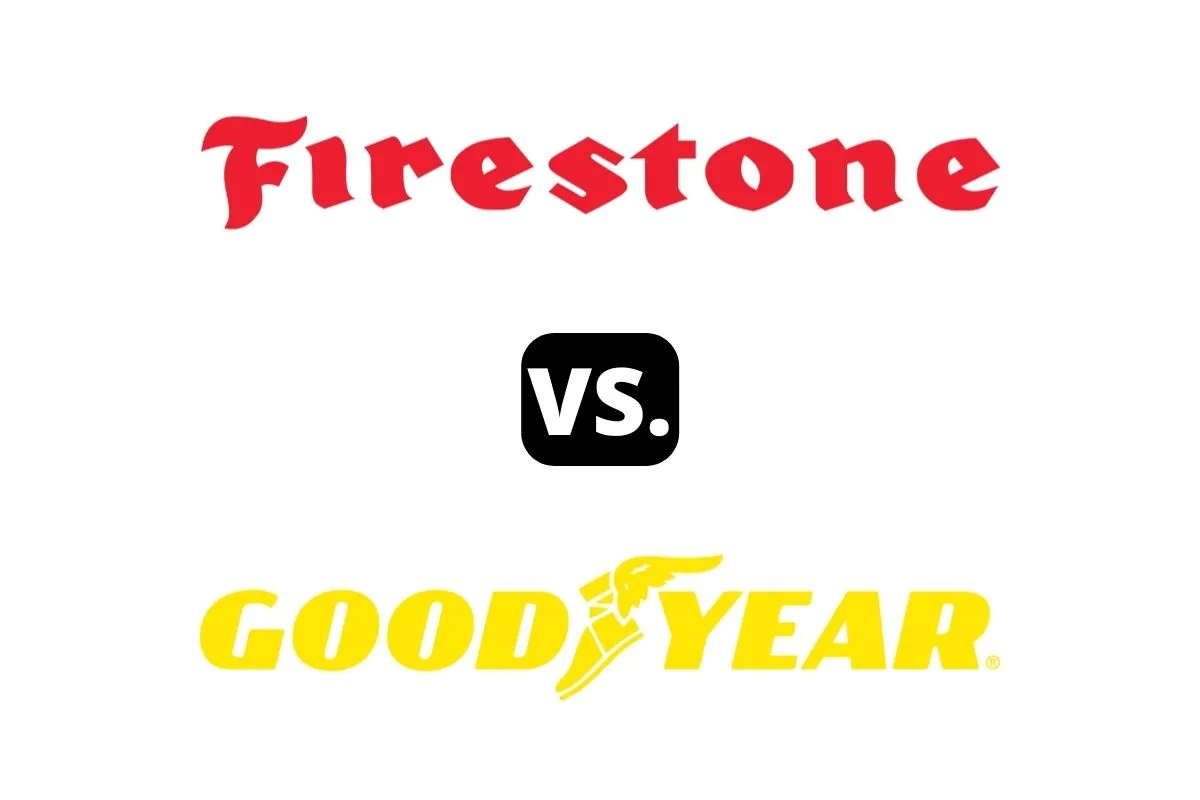
Firestone vs Goodyear – Comparison Table
| Firestone | Goodyear | |
| Country of Origin | United States | United States |
| Year Founded | 1900 | 1898 |
| Made In | United States, Vietnam, Brazil, Canada, and Costa Rica | mostly in Akron, United States, but the company also has factories in Venezuela, India, Turkey, and Malaysia |
| Parent | Bridgestone Corporation (Japan) | The Goodyear Tire & Rubber Company (USA) |
About the Brands

1. Firestone
Firestone is an iconic American tire brand that traces its roots back to 1900 when it was founded in the United States.
The company quickly gained recognition for its high-quality tires, becoming a leading player in the industry.
Throughout its history, Firestone has been committed to innovation and performance.
In 1988, Firestone became a subsidiary of the Bridgestone Corporation, a Japanese multinational company.
This acquisition allowed Firestone to benefit from Bridgestone’s global reach and technological advancements.
Over the years, Firestone has continued to thrive under Bridgestone’s ownership, leveraging its expertise and resources to maintain its position as a trusted tire brand.
Today, Firestone offers a wide range of tires for various vehicles, including passenger cars, trucks, SUVs, and commercial vehicles.
With a rich heritage and a legacy of excellence, Firestone remains a prominent name in the tire industry.
Mostly Known for Manufacturing Tires For:
- Passenger cars
- Trucks
- SUVs (Sport Utility Vehicles)
- Vans
- Light trucks
- Medium trucks
- Buses
2. Goodyear
The Goodyear brand, founded in 1898 in the United States, is a renowned tire manufacturer and a subsidiary of The Goodyear Tire & Rubber Company.
It has a rich history that spans over a century.
Goodyear has consistently displayed a commitment to innovation, quality, and performance.
Throughout the years, they have developed groundbreaking technologies and patented tire designs that revolutionized the industry.
The brand’s success can be attributed to its dedication to providing reliable tires for various vehicles, including cars, trucks, motorcycles, and aircraft.
Goodyear’s products have garnered a reputation for their durability, traction, and superior handling.
Over time, the company has expanded its global footprint, establishing a strong presence in numerous countries.
Today, Goodyear remains a trusted and respected name in the tire industry, continuously pushing boundaries to meet the evolving needs of consumers worldwide.
Mostly Known for Manufacturing Tires For:
- Passenger cars
- SUVs (Sport Utility Vehicles)
- Light trucks
- Commercial trucks
- Buses
- Motorcycles
- Racing cars
- Farm equipment
- Heavy earth-moving machinery
- Aircraft
- Bicycles
Differences
1. Dry Performance
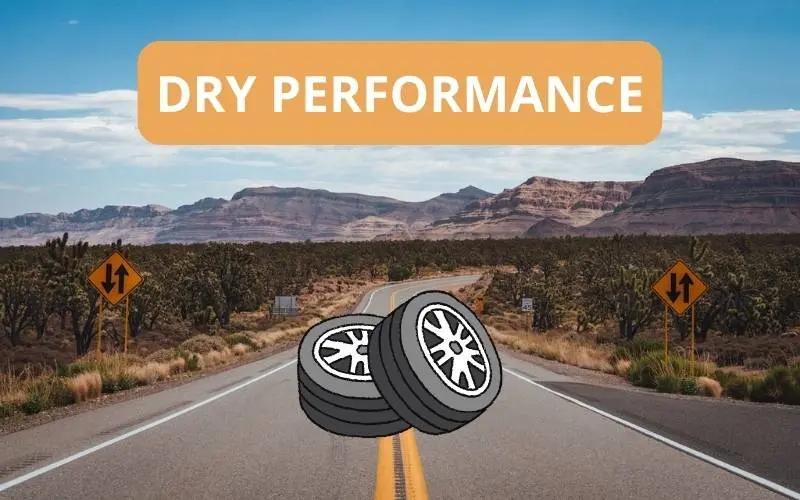
I’m going to compare the performance of two summer tires as they are the ideal type in dry weather.
I’m taking a look at the Firestone Firehawk Indy 500 vs the Goodyear Eagle F1 Asymmetric 3.
In my personal evaluation, I rate the Firestone Firehawk Indy 500 and the Goodyear Eagle F1 Asymmetric 3 both as 4.5 out of 5 in terms of dry performance.
The Firehawk Indy 500 showcases impressive handling, quick steering response, excellent grip, stability, and a comfortable ride.
Similarly, the Eagle F1 Asymmetric 3 excels in short braking distances, good handling speed, and remarkable dry traction.
Therefore, it seems that both tires offer comparable levels of dry performance, resulting in a tie.
2. Wet Performance
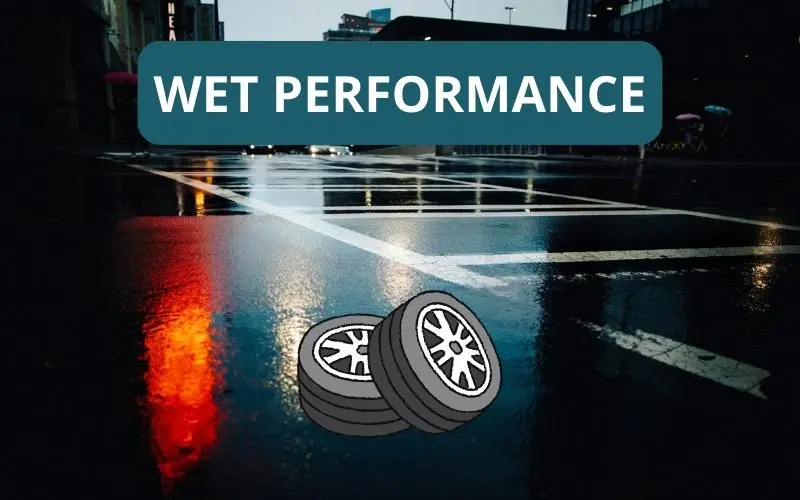
For the wet performance, I’ll be comparing the Firestone WeatherGrip vs the Goodyear Assurance WeatherReady.
Based on my research, I would rate the wet performance of the Firestone WeatherGrip and the Goodyear Assurance WeatherReady equally, both receiving a 4.3 out of 5.
The Firestone WeatherGrip offers shorter braking distances and hydroplaning resistance, while the Goodyear Assurance WeatherReady has an asymmetric tread pattern and traction grooves designed for water evacuation.
Both tires seem to provide reliable wet traction, which is crucial for safety.
Therefore, I declare a tie between the two tires in terms of wet performance.
3. Snow Performance
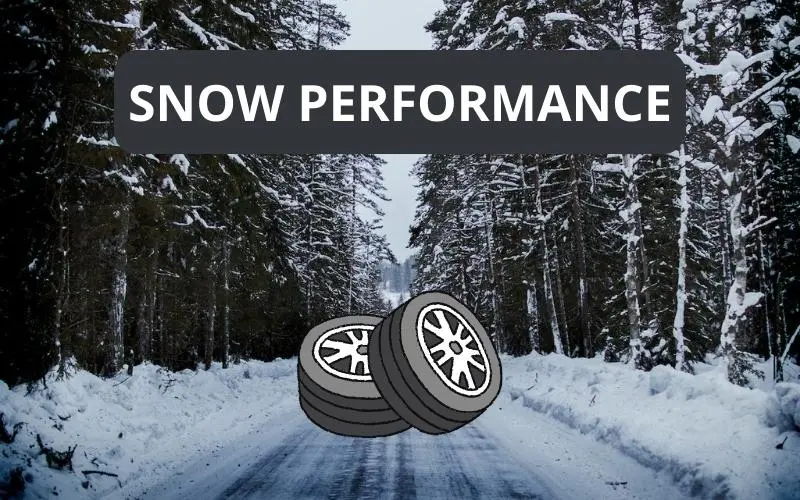
We all know that you need dedicated winter tires if you’re going to be driving on harsh winter conditions.
That’s why I’ll be comparing the snow performance of two specialized winter tires – Firestone Winterforce 2 vs Goodyear Ultra Grip Ice WRT.
Based on my snow performance rating, I would rate the Firestone Winterforce 2 tire at 4.5 out of 5, while the Goodyear Ultra Grip Ice WRT tire receives a rating of 4.4 out of 5.
Both tires offer reliable snow performance with features specifically designed to enhance traction in wintry conditions.
Therefore, considering the marginal difference in ratings, I declare it a tie between the Firestone Winterforce 2 and Goodyear Ultra Grip Ice WRT tires in terms of snow performance.
4. Mileage Warranty and Tread Life

| Firestone | Goodyear | |
| Treadwear Warranty | up to 55,000 miles tread life warranty | up to 80,000 miles tread life warranty |
| Average Tread Life | Firestone tires are expected to last anywhere between 40,000 to 60,000 miles on average. | Goodyear tires are expected to last anywhere between 30,000 to 65,000 miles on average. |
Based on my research, the mileage warranty and average lifespan of Firestone and Goodyear tires differ slightly.
Firestone tires come with a treadwear warranty of up to 55,000 miles, while Goodyear tires offer a higher treadwear warranty of up to 80,000 miles.
On average, Firestone tires tend to last between 40,000 to 60,000 miles, while Goodyear tires have an average lifespan ranging from 30,000 to 65,000 miles.
Overall, Goodyear tires seem to have a slightly longer lifespan and a more generous mileage warranty compared to Firestone tires.
5. Prices

In this section, I’ll be taking a look at the price ranges of both tire brands – Firestone vs Goodyear.
I’ll be using one of the biggest tire and wheel retailers in the US for this comparison – Discount Tire.
Here is a comprehensive table that showcases each brand has to offer:
| Firestone | Goodyear | |
| Average Price Range (Discount Tire) | $82 to $603 /ea | $75 to $1,027 /ea |
| Cheapest Tire (Discount Tire) | FT140 goes from $82 – $170 /ea | Eagle RS-A goes from $75 – $299 /ea |
| Most Expensive Tire (Discount Tire) | Destination M/T 2 goes from $229 – $603 /ea | Eagle NCT5 goes from $317 – $1,027 /ea |
6. Pros and Cons
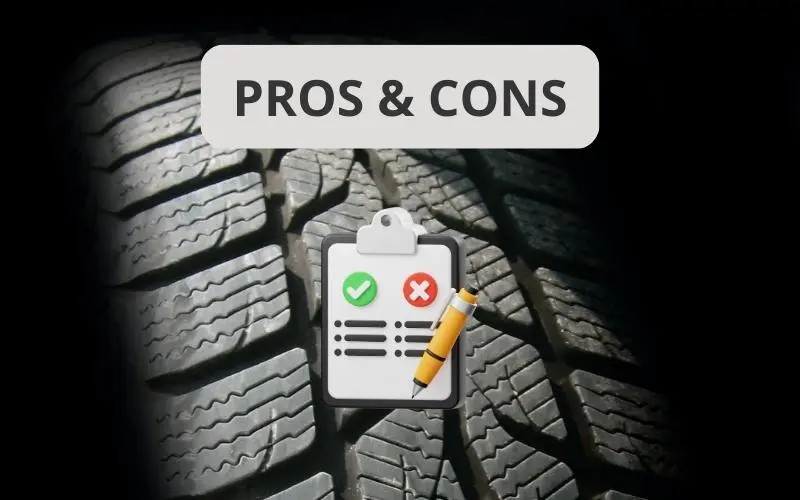
Firestone
| Pros | Cons |
| ✔ Firestone tires have good performance | ❌ Their shop is very expensive and they might try and sell you unnecessary services/things |
| ✔ Wide availability | |
| ✔ Good option for those who live in areas with harsh winter conditions |
Goodyear
| Pros | Cons |
| ✔ Wide range of tire options for different types of vehicles | ❌ Goodyear tires can be more expensive compared to other brands |
| ✔ Goodyear tires are known for their high quality and durability | |
| ✔ Long history of producing specialized tires for racing |
7. Popular Tires

Here are some notable tires from Firestone:
- Destination LE3
- Firehawk Indy 500
- WeatherGrip
Some of Goodyear’s best tires are shown below:
- Eagle F1 Asymmetric 3
- Assurance WeatherReady
- Wrangler All-Terrain Adventure with Kevlar
Which Is the Better Brand Overall?

Based on the evaluation of dry performance, wet performance, snow performance, mileage warranty, average lifespan, and considering the pros and cons of each brand, it is difficult to declare a clear winner.
Both Firestone and Goodyear offer comparable levels of performance in different conditions.
Firestone might be a good option for those living in areas with harsh winter conditions, while Goodyear provides a wide range of tire options and a long history of producing specialized tires for racing.
Ultimately, the choice between Firestone and Goodyear depends on individual preferences and specific needs.